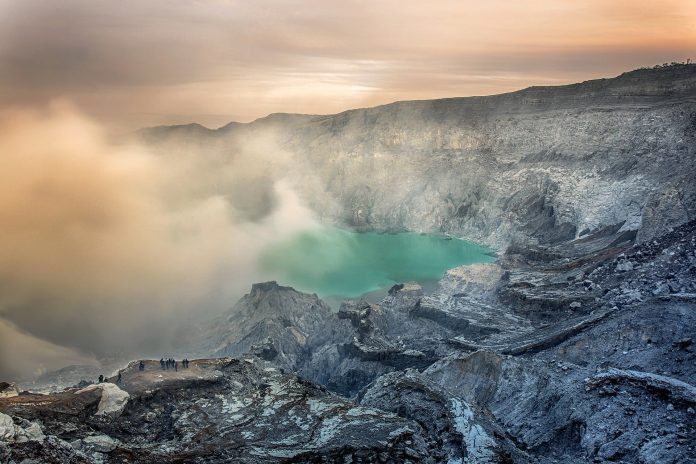
Researchers are always restless and must be involved in scientific projects. When these projects are for practical use the obtained effect is twice as strong.
Our story starts in December 2018, when in light of the global challenges of finding solutions to vital problems in poor or middle-developed countries, the Swiss at ETH – Swiss Federal Institute of Technology in Zurich having as coordinators the Dr. Friedemann Samrock and Mr. Martin Saar, Professor of Geothermal Energy and Geo-fluids in the Department of Earth Sciences, together with the Swiss Agency for Development and Cooperation (SDC) and the Swiss National Science Foundation (SNSF) have entered into a collaboration with the Mongolian Academy of Sciences to develop the use of geothermal energy as a clean alternative to heating solution for Mongolia.
Burning raw coal for heating, their houses are often enveloped in smoke, which makes breathing difficult. The level of pollution with smoke, during the winter time in Mongolia is 80 times higher than normal, according to the recommendations of the World Health Organization, generating many health problems, especially for breathing.
The potential comes from underground
Mongolia has a hot magma deep under the country’s surface. Here are numerous hot springs—some of them reaching temperatures as high as 87 degrees Celsius, but the geothermal energy is used for different other purposes, including the heating of their greenhouses.
However, at any larger-scale use of the geothermal energy sources would require far more water than this currently reaches now the surface of earth. The problem is that the hot groundwater flows only through certain layers. Without knowing where they are situated any attempt to detect these geothermal energy tanks is like a gamble in which it can spend a lot of money.
In Tsetserleg, the capital of Arkhangai Province from central Mongolia, the hot water brought to the surface from previous drilling projects, reaches only a temperature of 40 degrees Celsius. That might be good for a hot bath, but to heat a whole city it’s not enough, but not to generate electricity. For this reason the local authorities were skeptical at the beginning when ETH researchers suggested that they are interested to try again on a large scale, to exploit the region’s geothermal energy resources.
Despite the lack of optimism of the locals, the project working group is confident that the city of Tsetserleg, Mongolia could be heated using geothermal energy.
Concept and measurements of the project
First of all Mr. Saar and Mr. Samrock have good reasons to be confident about choosing the right spots, to find those hot-water reservoirs filled up with hot groundwater. They planned to use a geophysical measurement method called magneto-tellurics, in order to detect where the ground water is located.
It is already known that fluctuations in the Earth’s magnetic field is caused by natural phenomena such as solar wind or global lightning activity. The naturally electrical field induced by these fluctuations produces a kind of secondary magnetic field that can be measured and analyzed at the Earth’s surface.
They found also an important advantage in Mongolia compared to Switzerland, here it is less electrical noise determinate by human activity than in other developed countries, which usually induce a jamming noise. After the first set of measurements last summer, the researchers have detected subsurface structures at a total of 184 different sites. Now backing in Swiss they started to process and analyze the data, and this summer, if possible because of Covid-19, they will run a second measurement campaign to look more in depth in those places which have the potential for developing the idea of using the geothermal energy.
We’re now in the process of analyzing the data,” says Samrock. “Next summer we intend to run a second measurement campaign to take a more in-depth look at the sites we feel are particularly promising.”
Research as an exchanging programme to put in use geothermal energy
We can say that by this project supported and funded by Swiss in collaboration with the Mongolian Academy of Sciences is not only related to geophysical research but also to human relation and knowledge transferring.
Why? One of the team members in the project, originally from Mongolia, is a PhD at ETH – Swiss Federal Institute of Technology in Zurich. After he will graduate his
studies he will be an expert in the field, benefiting from the accumulated knowledge, but also by getting the measuring equipment that will remain at the University of Sciences of Mongolia.
In this way he will be able to continue to search hot groundwater in other areas of Mongolia, in order to put in progress the use of geothermal energy. This could be a start for improving air quality in winter and at the same time a reducing of carbon emissions there.



